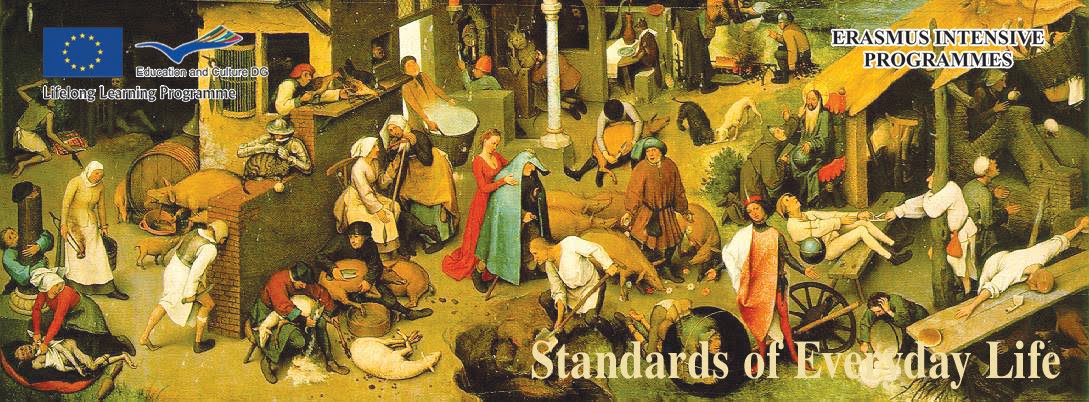Aug 2, 2013
Jul 20, 2013
DEVELOPMENT OF EARLY OTTOMAN ARCHITECTURE ON BULGARIAN TERRITORY. MAHMUD BEY’S IMARET IN IHTIMAN - Alexander Antonov
The imaret in Ihtiman
belongs to early Ottoman architecture on the Bulgarian territory and shows both
the continuity in construction techniques and decorations with the
Balkan-Byzantine tradition, and the new architectural tendencies in the
urbanization of conquered lands. The purpose of this newly constructed building
was to appropriate for Islam a newly sprung settlement on the Diagonal road,
strategically important for communication.
PEACE IN THE HOUSE OF JACOB. A Few Remarks on the Ideology of Two Biblical Themes in the Oration ‘On the Treaty with the Bulgarians’ – Assist. Prof. Dr. Kirił Marinow
Who were the Byzantines and the Bulgarians according to the Byzantine point of view? What did connect or divide them?
This paper studies the ideological background of the
relationship between the Byzantines and the Bulgarians, their political,
religious and, of course, everyday life. The way of life in which the peace was
the basis of the human’s everyday life, and war was a disturbance, violence
which destroyed the holy order of every time repeating circle of time, circle
which guaranteed safeness.
We could called it – standards of coexistence (the
basis of the relationships between these medieval societies, the way which
would have to characterize their relations, would have to become their common
way of living). From the sociological and anthropological point of view the
abovementioned standards of coexistence between the Byzantines and Bulgarians
would have to influence their everyday life in its whole spread too.
TOPOI OF URBAN SPACE – TARNOVO IN THE 19TH CENTURY – Assist. Prof. Dr. Gergana Georgieva
I
would like to trace the development of the urban space and urban structure –
how it changed in different centuries and in different periods on the basis of
mixture of Bulgarian, Western and Ottoman Turkish sources.
The
confirmation of Tarnovo as important urban center became in the 12th
c., when it turned to capital of the Bulgarian kingdom. Its initial core was
Tsarevets, Trapezitsa and the neighborhoods between them. After the Ottoman
conquest, the medieval center was occupied by Muslim neighborhoods. The town
developed and spread, from east to west. New quarters appeared and the core
moved from Tsarevets to the so called Old town – mainly around the Konak – the
seat of the Ottoman governor (nowadays known also as the National Assembly). In
the 19th c. there were 14 Muslim mahalles in Tarnovo with 872
households and 22 mosques in it and 10 non-Muslim mahalles with 12 churches.
Subscribe to:
Posts (Atom)











































